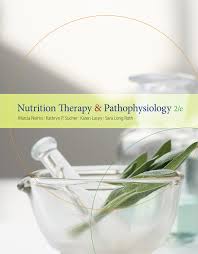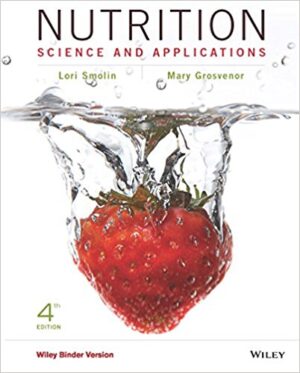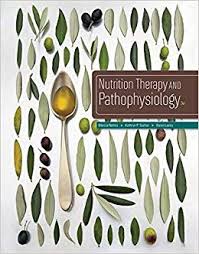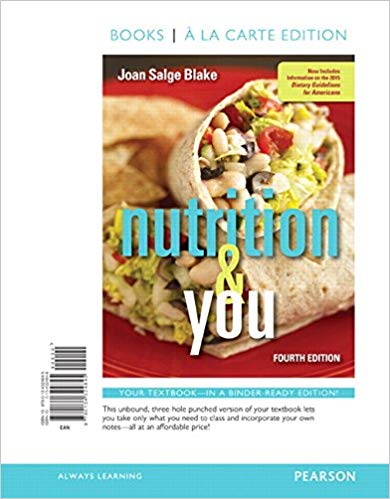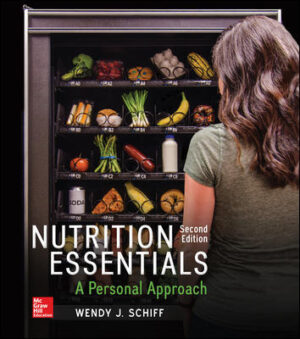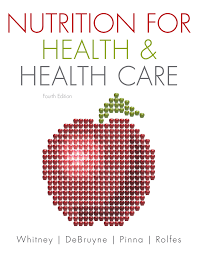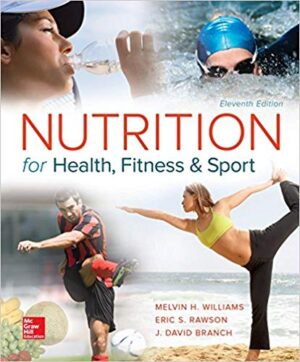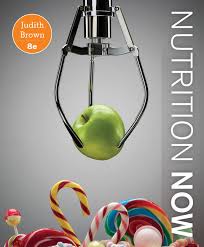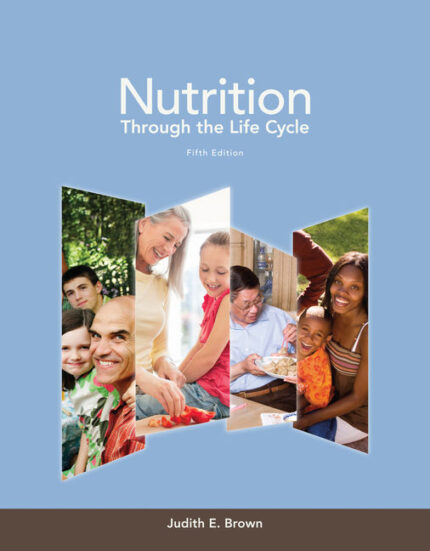Nutrition Therapy And Pathophysiology 2nd Edition by Marcia Nahikian Nelms – Test Bank
Do you need test banks fast? eTestBank.net is the best test bank website for you! Download your test bank right after you pay. No waiting!
Why eTestBank.net is Great:
✅ Instant Download:
Get your test bank right away after payment.
✅ Unlimited Downloads:
Download your test bank anytime and as many times as you want.
✅ 24/7 Live Help:
We are here to help you all day, every day.
✅ Guaranteed Delivery:
If you don’t get the download right away, we will send it to you in 3 to 6 hours.
How to Get Your Test Bank:
- Pick Your Test Bank: Choose from many test banks.
- Pay Safely: Pay securely on eTestBank.net.
- Download Instantly: Get your test bank immediately after payment.
- Download Anytime: Unlimited downloads whenever you need them.
Need Help? Contact Us:
📧 Email: [Support@etestbank.net]
📱 WhatsApp: [https://wa.me/message/MC222DLQ4GDXL1r]
Didn’t Get Your Download?
Don’t worry! If you don’t get the file right away, we’ll send it to you in 3 to 6 hours. Need it sooner? Contact us by email or WhatsApp.
💡 Buy now from eTestBank.net for instant downloads, unlimited access, and 24/7 support—get your test bank today!
Chapter 4 – Nutrition Intervention
Multiple Choice
An. Type Page(s) Note: Under Type, K = knowledge and A = application.
c K 66 1. Which step of the nutrition care process is the nutrition intervention?
a. one
b. two
c. three
d. four
c K 66 2. Intervention strategies should be based on which of the following?
a. nutrition assessment data
b. monitoring data
c. nutrition diagnoses and their etiology
d. signs and symptoms
b K 66 3. Nutrition interventions are intended to change any of the following except:
a. intake.
b. laboratory data.
c. nutrition knowledge.
d. access to care.
a K 66 4. The _____ precisely states the patient’s/client’s individualized recommended dietary intake of energy and/or selected foods or nutrients.
a. nutrition prescription
b. nutrition intervention
c. nutrition goals
d. nutrition diagnosis
b K 66-67 5. Diets are individualized to all of the following except:
a. age.
b. current intake.
c. activity level.
d. medical diagnosis.
c K 67 6. Continuing collection of data on your patient is part of:
a. standards of practice for designing the nutrition goals.
b. standards of practice for planning the nutrition intervention.
c. standards of practice for implementing the nutrition intervention.
d. standards of practice for planning the monitoring and evaluation.
a A 67 7. You have a patient who has not been eating since admission. One plausible intervention you might carry out as a registered dietitian is to:
a. offer suggestions and substitutions.
b. initiate a tube feeding.
c. complete a full nutrition assessment.
d. ask the nurse to assist in feeding the patient.
b K 67 8. All of the following are ways to increase patient satisfaction regarding food service in the hospital except:
a. a la carte food carts.
b. point of service sale items.
c. room service ordering.
d. restaurant-style menus.
c K 68 9. The first diet that a patient may consume after being NPO for a long time is:
a. the regular or “house” diet.
b. modular supplements.
c. clear liquids.
d. a soft diet.
b K 68 10. Foods allowed on a clear liquid diet include:
a. cream soups
b. broths
c. milk
d. fruit-yogurt smoothies
d K 68 11. A clear liquid diet:
a. provides adequate energy for most people.
b. provides adequate vitamins for most people.
c. provides adequate protein for most people.
d. is low in residue.
d K 68 12. A full liquid diet may be a problem due to which of the following?
a. lack of adequate vitamins
b. inability to provide protein
c. it is not palatable
d. lactose intolerance
b A 69 13. You are recommending that your patient comply with a full liquid diet in order to transition to soft diet. Which of the following would be best tolerated based on osmolality?
a. prune juice
b. broth
c. ice cream
d. malted milk

